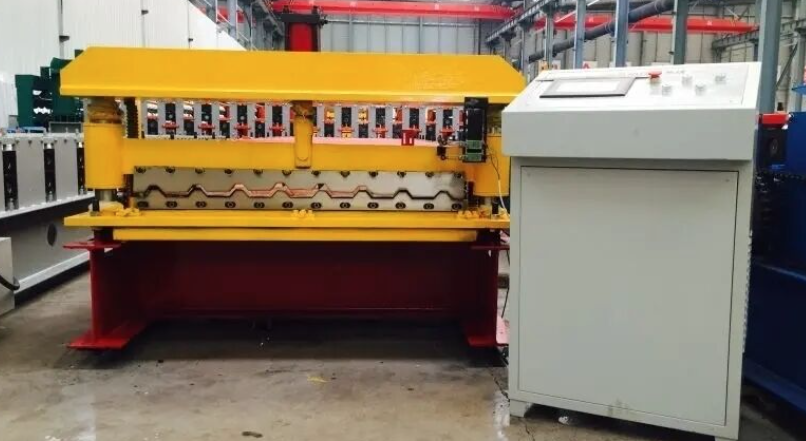
Posted on Wednesday, October 9, 2024
In the fast-paced world of manufacturing, efficiency and profitability are crucial for success. Roll forming, a continuous bending operation to create long shapes with constant cross-sections, plays a significant role in various industries. However, like any manufacturing process, it can generate waste that impacts both profitability and sustainability. This blog will explore lean manufacturing techniques and practical tips to minimize material waste during roll forming, ultimately enhancing your bottom line.
Waste in roll forming can take many forms, including excess material, defects, and downtime. Each of these factors not only increases production costs but also detracts from the overall efficiency of the manufacturing process. Common sources of waste in roll forming operations include:
To combat waste and improve profitability, adopting lean manufacturing principles is essential. Lean manufacturing focuses on enhancing efficiency by eliminating waste while maximizing value to the customer. Key principles include:
Many companies have successfully implemented lean manufacturing techniques in roll forming, yielding impressive results. For instance, a roll forming manufacturer specializing in metal roofing components adopted value stream mapping to identify inefficiencies in their production process. By implementing standardized work procedures and investing in employee training, they reduced material waste by 25% within six months, significantly enhancing profitability.
Similarly, another company in the automotive sector utilized JIT production techniques to align their production schedule with customer demand. This approach minimized excess inventory and reduced waste, resulting in a 30% increase in overall efficiency.
Minimizing waste in roll forming is not just about cutting costs; it is also about enhancing sustainability and improving overall operational efficiency. By adopting lean manufacturing principles and implementing practical strategies, manufacturers can significantly reduce material waste, ultimately maximizing profitability.
Incorporating these practices into your roll forming operations can lead to substantial improvements, ensuring your business remains competitive in an ever-evolving market. Embrace lean manufacturing, invest in employee training, and continuously evaluate your processes to enjoy the benefits of reduced waste and increased profitability.

32/1000 Box Profile Roll Forming Machine – Complete Guide & Specifications
Posted on Sunday, November 16, 2025
High-performance 32/1000 box profile roll forming machine for roofing and cladding. Full specifications, profiles, applications, pricing

PBR / R-Panel Roll Forming Machine – Complete Guide & Specifications
Posted on Sunday, November 16, 2025
PBR / R-Panel roll forming machine for roofing and wall cladding. Full specs, profiles, applications, pricing, and global buying guide. Built to order.

Posted on Sunday, November 16, 2025
How to Diagnose and Fix the Hidden Electrical Problems That Cause Downtime
Copyright 2025 © Machine Matcher.